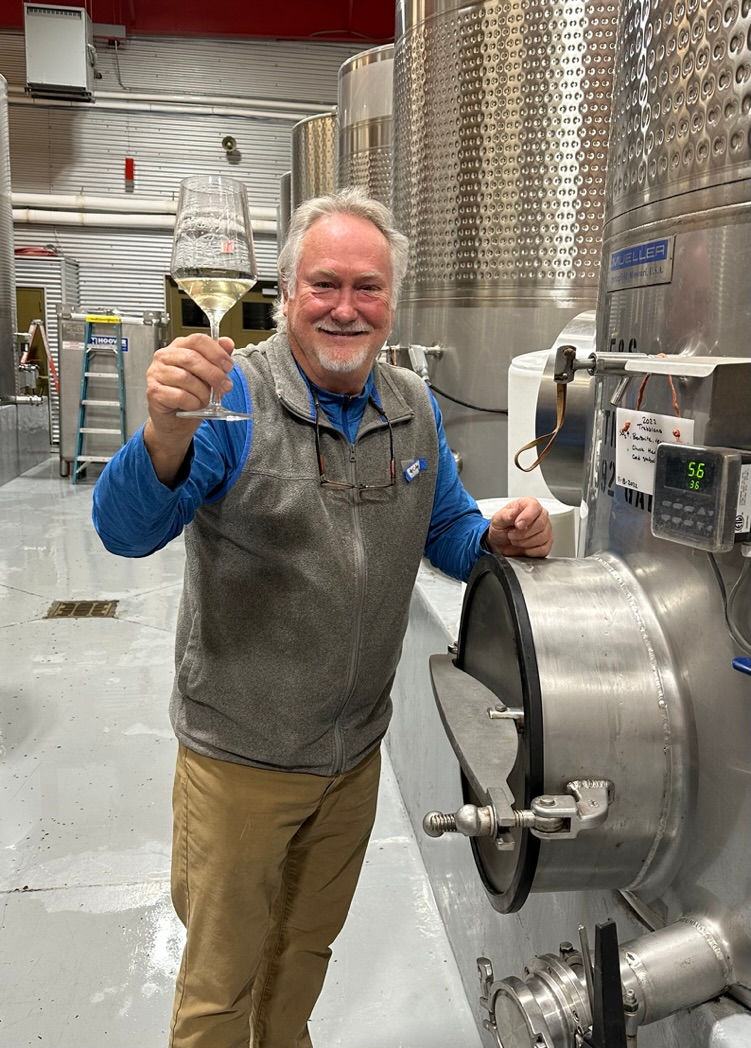There's Good Food, Interesting Wine, Craft Beer, and Local Music in Out-of-the-way Lubbock
- John Carpenter
- Mar 29, 2023
- 4 min read
We rolled up onto a bridge curving high over the interstate and I looked out at flatness as far as the eye could see, stretched taught under a pure blue sky.
“Is this the highest point in Lubbock?” I asked with a chuckle.
My traveling companions laughed as well.
“Actually,” our driver responded after a moment, “it might be.”
Don’t let the flatness fool you. Lubbock is one of those smaller cities that are hanging on and maybe even coming back – the kind of place you like to root for and are lucky to visit, if only for a few days.
There’s a lively restaurant and arts scene, fueled by the students and faculty at Texas Tech. There’s a big new performing arts center that would make a much larger city proud. And there is that ultimate hipster adornment for the modern mid-sized metropolis – a thriving craft beer scene.
And there is decent wine.
I’m not talking about the sweet stuff you expect when you come across a winery in a place where you don’t expect a winery to be. “Texas High Plains” is a real AVA. And while they do make plenty of the six-bucks-a-bottle fruity stuff, a wine-writer friend from California assured me what my tastebuds suspected - several of the vineyards here are doing some very interesting and creative things. James Beard Awards don’t get thrown around lightly. And Kim McPherson, owner of McPherson Cellars, has been nominated twice.

Hold on, though. I’ve taken far too long to mention Buddy Holly, who spent most of his too-short life right here. You can’t miss it the Buddy Holly Museum, thanks to the large sculpture of the trademark chunky black glasses that define the “Buddy Holly look”, which younger folks might confuse with the “Elvis Costello look.”

Holly was killed at the age of 23 in a plane crash that also took Richie Valens and the Big Bopper, an event immortalized in the Don McLean song as “the day the music died.” The museum is small but well-curated. You can gaze on Holly’s Fender Stratocaster – a sacred relic to guitar nerds – as well as stage outfits, photos, and an informative short film.
I knew that Holly was ahead of his time. Now I know why. His first recording session was under the over-producing thumb of Nashville’s Owen Bradley, who churned out orchestrated country hits. Holly had already opened for Elvis and Bill Haley, and wanted a stripped down sound. He is credited with pioneering the two-guitars, bass, and drums lineup.
Most towns this size have at least a few decent restaurants. I was pleasantly surprised by the three that we tried. La Diosa is a warm Spanish bistro with a wine-list worthy of owner Sylvia McPherson’s husband Kim’s skills as a winemaker.
Nicolett is another excellent option, as is Dirks. For breakfast, try the Cast Iron Grill.
Lubbock is home to several craft breweries, including Brewery LBK, Mano Negro Brewing Co., and the Auld Brewing Company. But we tried Good Line Beer Co, where co-owner Sean Phillips explained that all the beers are named after “good lines” from songs, which made me want to order a pint and try and think up some beer names. I particularly liked the Floating in Space pale ale, though David Bowie never seemed like much of a beer drinker to me.
When I saw that the “public art of Texas Tech” was one of the things to see in Lubbock, I’m embarrassed to say that my New England snootiness reared its head. My taste in public art leans toward looming statues of historic figures and action poses of popular athletes at ballparks. When I hear “public art” I think of giant steel beams scattered in meaningless random shapes into a piece called, say, "Tension."
Let's just say that I was extremely wrong about the public art of Texas Tech, which is outstanding and worth the visit. The trick is that the school long ago decided to set aside one percent of new-building construction costs for art. This has allowed them to commission striking works that make you want to stop and look. With an enrollment of more than 36,000 on the aforementioned Lubbock flatness, the art keeps the sprawling campus from feeling too, well, sprawly. Well done, Texas Tech!

Back in downtown, there is also the Charles Adams Studio Project, a privately-owned non-profit determined to help local artists by offering studio space and connections with other artists and galleries. There is a monthly event called the Friday Night Art Trail, which we were lucky to be there for. Hundreds of locals wandered through several blocks of studios and table displays, and to sample food-truck fare and excellent live music. Events like this can sometimes feel strained, as if local leaders have to beg folks to attend. This one felt robust - a well-attended community event enjoyed by a wide variety of people.
Geography buffs will also marvel at the pure flatness of the landscape around Lubbock. It sits at an altitude of 3,000 feet, atop the Llano Estocado. One of the largest mesas or tablelands in North America, it covers much of West Texas and the eastern part of New Mexico.
We stayed at the Cotton Court Hotel, which is part of a growing, Texas-based chain that is building in college towns. Taking a cue from the once thriving cotton markets of Lubbock, it is built to resemble an old mill. The rooms are comfortable, but the real appeal is a large courtyard, scattered with firepits and outdoor games.
Most Southwestern road trippers pass through west Texas in Amarillo, following the path of the old Route 66. Lubbock is a bit of a harder sell. But if you find yourself here, even passing through, give yourself a day or two.




Bình luận